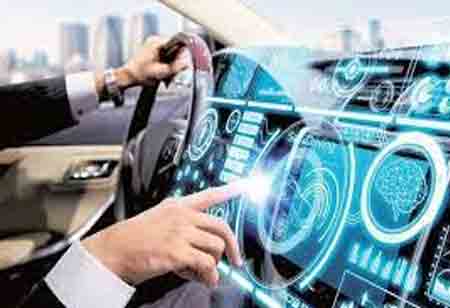Connected cars are built to work in harmony with the rest of the digital infrastructure. However, all too frequently, this integration becomes a source of vulnerability. As a result, connected car security entails far more than just sophisticated anti-theft technology.
FREMONT, CA: Security also involves safety for sophisticated technology ecosystems, such as today's automotive solutions. While reliable cellular connectivity enables connected vehicles to function and expand their capabilities, effective cybersecurity architecture ensures that they remain safe. What may happen on the road if a hacker gained access to a car's brakes and transmission via the internet? As a result, automakers must pay close attention to these new safety flaws and verify that their products fulfill the highest automotive IoT security standards.
What Stimulates Hackers to Target Connected Cars?
Experts have traditionally classified three major categories of valuable commodities and services that hackers may be able to monetize:
- The vehicles' data (including user Personally Identifiable Information (PII) and non-PII user data) is collected, created, stored, and shared.
- Cars are physically accessible (the car itself, goods inside it, and driving services).
- Cars' stored energy, network, and processor resources (battery energy, free internet, network data usage, access to cloud services, V2G networks, access to V2V networks, processor time, and others).
Points to Consider for Connected Car Security
So, how can the automobile sector retaliate, secure their IoT systems, and safeguard their customers? Manufacturers of automobiles should consider five basic steps when developing a cybersecurity strategy:
- Using a security-by-design approach to embed security into the system from the beginning rather than patching flaws as they appear.
- Assessing potential cyberthreats and creating a risk profile, taking into account sensitive locations and components from the perspectives of customers, companies, and regulators.
- Developing a strategic cybersecurity implementation plan and timeline.
- Formulating and maintaining an end-to-end security strategy to prevent unauthorized data access while being transported to and from the cloud.
- Identifying the technologies and solution set needed to prevent or respond rapidly to attacks.
Connected cars are built to work in harmony with the rest of the digital infrastructure. However, all too frequently, this integration becomes a source of vulnerability. As a result, connected car security entails far more than just sophisticated anti-theft technology. It necessitates that organizations consider the complete ecosystem in which the vehicle runs and interacts and the safeguards in place to protect shared data
See Also: Top Biotech Solution Companies

 Copyright © 2025 AutoTech Outlook. All Rights Reserved | Privacy Policy | Subscribe | Sitemap | About us | Feedback Policy | Editorial Policy
Copyright © 2025 AutoTech Outlook. All Rights Reserved | Privacy Policy | Subscribe | Sitemap | About us | Feedback Policy | Editorial Policy